Hello friends, today we are here with a new topic called “Cultivating High-Dollar Crops: Turn Your Gardening Skills into Serious Cash”. Have you considered growing plants in your garden for profit? Most farms in the United States are small. However, your garden can still be a source of serious cash when using your gardening skills.
A Step-By-Step Guide to Cultivating High-dollar Crops
The most profitable crops comprise specialty plants not always found in the vegetable garden. Unlike commonly grown plants, these specialty crops occupy little acreage on a farm. They are easy to grow without full-time commitment and are great for small farmers. There are several high-profit crops you can cultivate for high yields.
Wheat
Wheat is grass usually cultivated for its seed, a cereal grain that is a worldwide staple food. The scientific name of wheat is Triticum aestivum, and it belongs to the Poaceae family and the genus Triticum L. With the growing population, the Wheat requirement of the world is also increasing rapidly. Usually, Wheat is one of the oldest and most important cereal crops. It is a popular crop to grow throughout the Great Plains states. It’s fairly hardy, and several different varieties can lead to very high grain yields.
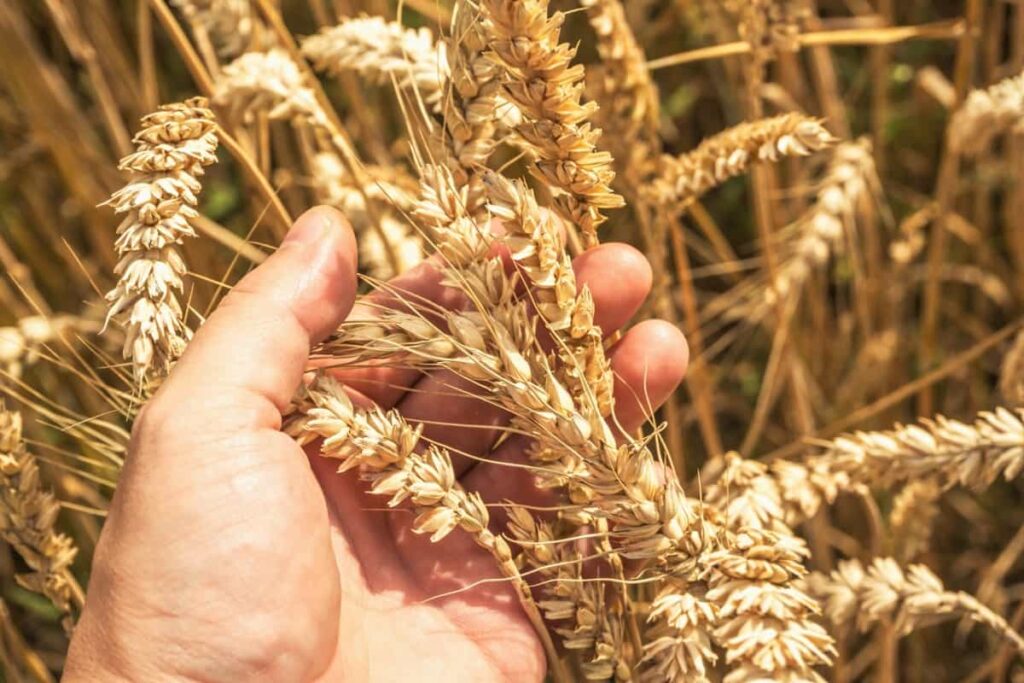
Wheat is one of the most profitable cash crops, and it is a Rabi crop and the most important food in northern and north-western India. Wheat cultivation is easy in comparison to that of other cereal crops. It can be grown in a wide variety of climatic conditions, as it has high adaptability. It is a healthy as well as wholesome food, and many people grow only limited stock of it to meet their daily food requirements.
Wheat indeed is the best cereal grain crop as it contains higher protein than maize and rice. Also, it is believed to be the best staple food in today’s world. It is also used in preparing several food items like bread, biscuit, cereal, cookies, cakes, pasta, noodles, etc. The nutritional composition of the wheat grain changes somewhat with differences in climate and soil.
The best wheat is produced in areas favored with cool, moist weather conditions during the major portion of the growing period followed by dry and warm weather to enable the grain to ripen properly. Rains just after sowing hamper germination and encourage seedling blight and areas with a warm and damp climate are not suited for wheat growing. Under dry conditions, heavy soils with good drainage are suitable for wheat cultivation. These soils absorb and then retain rainwater well.
The wheat crop can be successfully cultivated on lighter soils, provided their water and nutrient holding capacity are improved. Wheat seeds are easily available in the market. While purchasing the seeds and it is of good quality, high yielding, and disease-free. Although the exact amount of Wheat seeds required depends on the variety and sowing method. Good and proper irrigation is required for wheat cultivation. In Wheat crops, first irrigation must be done after 20 to 25 days after planting the seeds. Therefore, an additional 4 to 5 irrigation must be done after every 20 days.
Generally, a seed rate of about 100 kg/ha is sufficient for most of the varieties like Kalyan Sona, Arjun, Janak, etc., which have moderate tillering and medium-sized grains. But a higher seed rate of 125 kg/ha is desirable for late sown wheat and normal sown for varieties like Sonalika, and Raj 821, etc., which have bold grains and shy tillering habits. Harvesting starts when the plant leaves and stems turn yellow and become fairly dry.
Remember that the wheat should be harvested before it is dead ripe to avoid loss in yield. Therefore, timely harvesting is necessary for good quality as well as maximum production of wheat. When the moisture content in the wheat reaches about 25 to 30%, then the wheat is ready to be harvested. A combine harvester is available in the market for harvesting wheat, threshing, and winnowing wheat crops in a single operation.
Herbs
Incorporating herbs into your garden can be another way to make money from your gardening skills. There are many culinary herbs you can consider, such as lavender, garlic, and basil. They require brief space to grow and have a vast market demand. People have used herbs for medicinal purposes since ancient times. Today, people are still incorporating these herbs into their daily use. When seeking to cultivate herbs, focus on popular plants such as lavender and garlic.
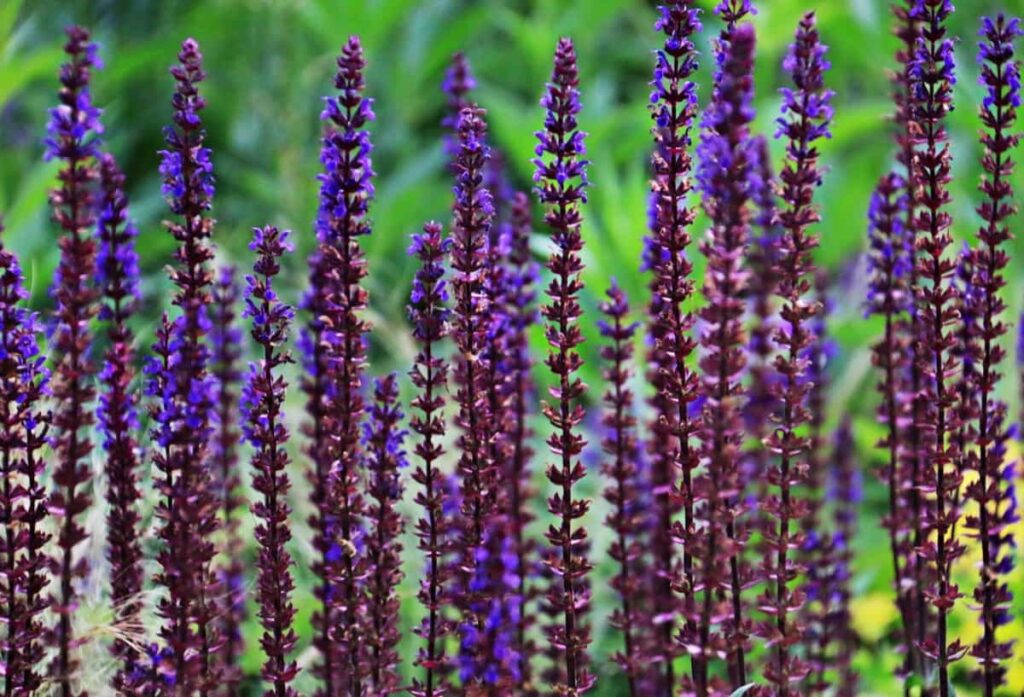
Cultivating lavender in your garden can bring immense profits to small farm owners. You can use the herb for just about everything, including food flavoring, medicine, and fragrances. It can survive in cold climates and won’t demand constant care.
The demand for basil has been high as a favorite culinary herb, meaning you won’t have problems selling it. It is easy to grow and can be highly productive for a rapidly maturing plant. Basil can grow indoors or outdoors, thriving in warm, humid environments. You can sell it to grocery stores, food producers, or customers at the market. Recently, there has been an increased demand for garlic products that don’t need maximum care.
Bamboo
Bamboo has many uses around the world, including applications as food, fabric, and fencing material. Today, it is an in-demand plant from homeowners and landscapers paying up to $150 for each potted bamboo. The market value of bamboo has grown because of the high demand for the product. It produces more fiber than trees and is excellent for the environment.
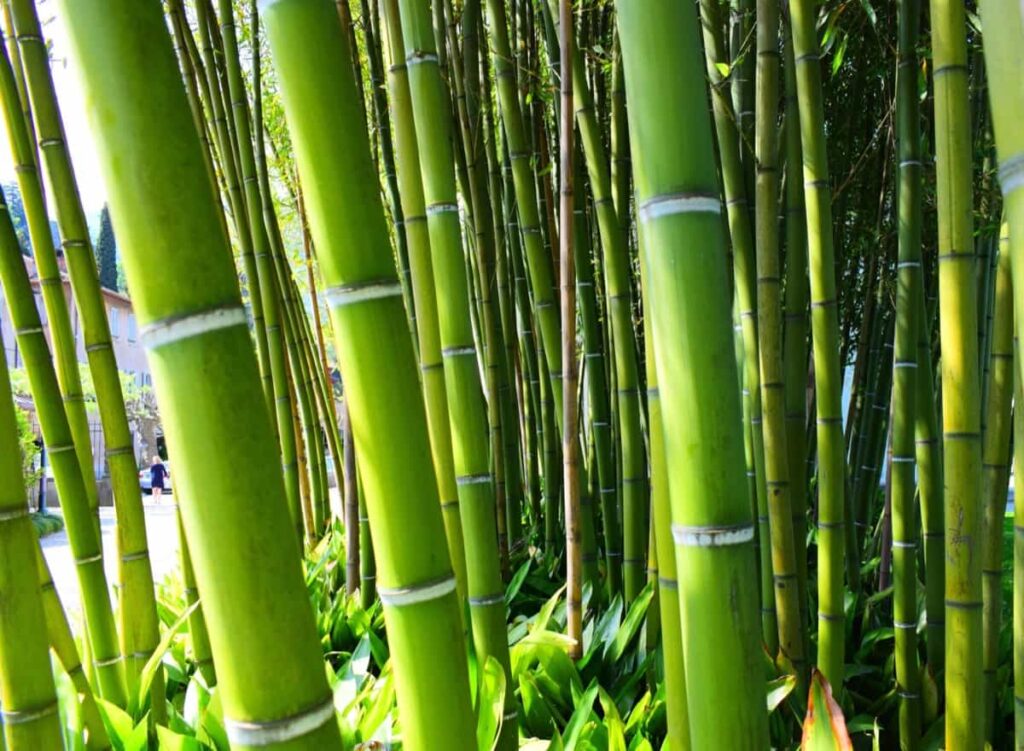
That bamboo regrows annually and captures more carbon than timber, makes it valuable. Its versatility to be used in landscapes, hedges, and screens also make it a hot property. Did you know you can cultivate bamboo on your small farm for huge profits? You can sell it as a landscaping feature or potted plant. Bamboo grows rapidly and produces more yield within a brief space.
Gourmet Mushrooms
Mushrooms can yield high returns per square foot because of their high demand. They are popular in a variety of dishes in restaurants and specialty food stores. The fungi may be delicate but highly profitable with proper handling and care. The Gourmet mushrooms are specialty crops and some of the easiest to grow in your garden. They grow fast and rejuvenate after harvesting, yielding high returns per square foot. In one year, 500 square feet of mushrooms can generate up to 12,000 pounds of mushrooms.
In case you miss this: Organic Farming Business Plan.
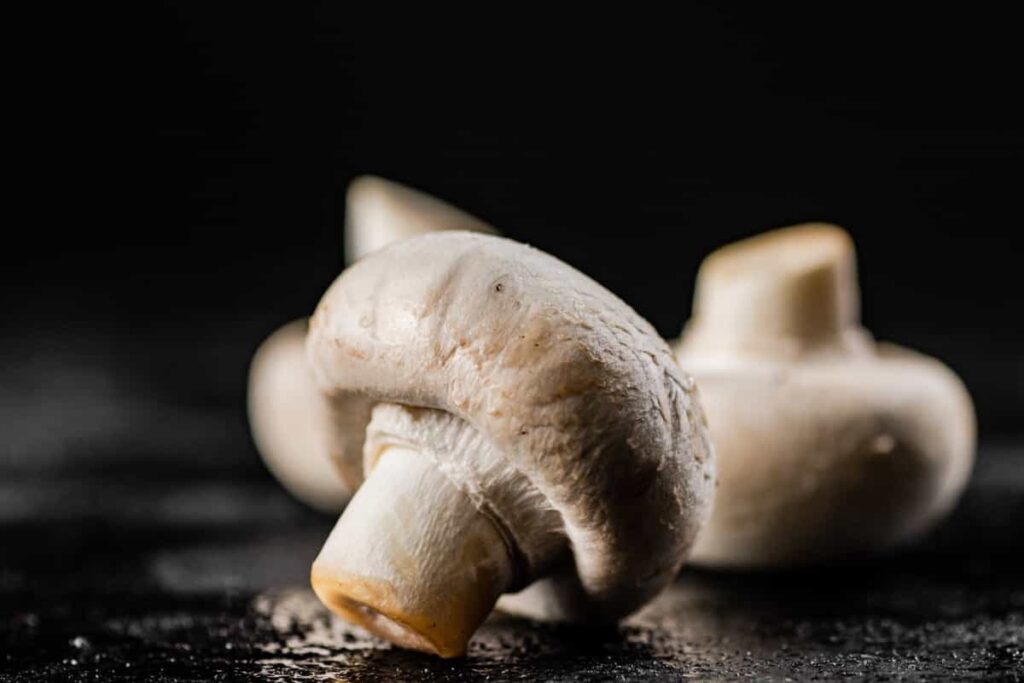
If you don’t have enough space in the backyard, consider rearing mushrooms for profit. Special exotic mushrooms can grow indoors and produce up to 25 pounds per square foot in a year. There is a good demand for specialty mushrooms across the United States. Since they don’t travel well, you are likely to find a ready market from your local area.
Ginseng
Ginseng has numerous benefits whose value has continued to rise. Asians have long used the plant as a healing herb and tonic. With wild ginseng becoming rare, you can reap the high demand by planting it in your backyard. It has emerged as a popular and profitable alternative that will sell between $300 and $700 per pound.
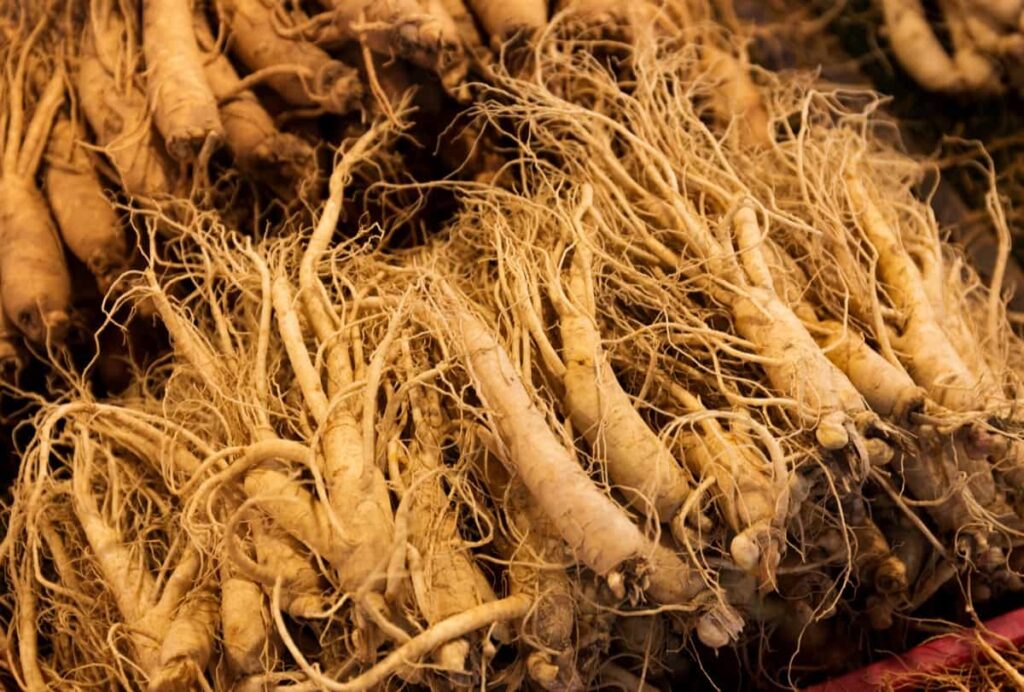
This high-dollar crop is popular within the health and wellness industry. The market demand for ginseng is worldwide, used in medicines, supplements, and teas. While it can take up to six years, growing ginseng promises huge profits because of the high worldwide demand. It requires natural forest shading when plating in an open field.
Bottom Line of Cultivating High-Dollar Crops
While gardening is not all about making money, you can use your skills to generate additional cash flow. If you are interested in turning your gardening skills into a business, there are many opportunities you can consider. We have provided a list of high-dollar crops you can cultivate for serious profits. If you want to start a small farm, a little preparation can save some serious money.
- Management Pests and Diseases in Your Cotton Field
- Sheep Farming Business Plan for Beginners
- Aquaponic Farming at Home: A Step-By-Step Guide
- Profitable Village Farming Business Ideas in 2024
- High-Yield Aquaculture: Fast-Growing Fish for Farming
- Effective Fish Pond Construction Techniques for Beginners
- Irrigation and Water Management in Pineapple Farming
- Blossom to Harvest: Mastering Flowering and Pollination in Papaya Farming
- Pig Fattening Essentials: From Selection to Sale for Beginners
- Raising Wagyu Cattle: A Complete Guide for Premium Beef Production
- Soil Types and Their Water Holding Capacity
- Optimizing Irrigation Schedules for Coconut Groves for Enhanced Yield
- Espresso Your Garden: Coffee Grounds for Healthier Acid-Loving Plants
- The Best Soil Mix for Snake Plants: How to Mix Your Own Snake Plant Soil
- Green Thumb Success: Expert Tips for Cultivating Greenhouse Beans All Year Round
- Bloom All Year Round: The Ultimate Guide to Indoor Hyacinth Care
- Eco-Friendly Gardening: How to Make Liquid Fertilizer from Kitchen Waste
- Ultimate Guide to Grow Anise in Pots: Explore Seed Propagation to Harvesting
- Guide to Raising Chester White Pigs: Discover Breed Facts to Growth Management
- Mastering the Elegance: The Ultimate Guide to Weeping Cherry Tree Care, Planting, and Maintenance
- Ultimate Guide to Planting Garlic in Grow Bags: Growing Strategies for Beginners
- How to Fix Spider Plant Leaf-Related Problems: Natural and Organic Remedies
- 10 Reasons Why Your Tulsi Plant is Shedding Leaves: Home Remedies and Solutions
- Optimizing Growth and Yield: The Advantages of Palm Bunch Ash Fertilizer
